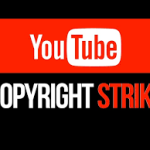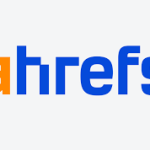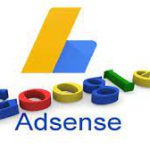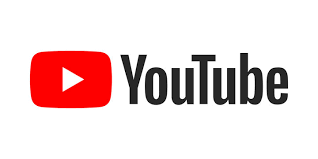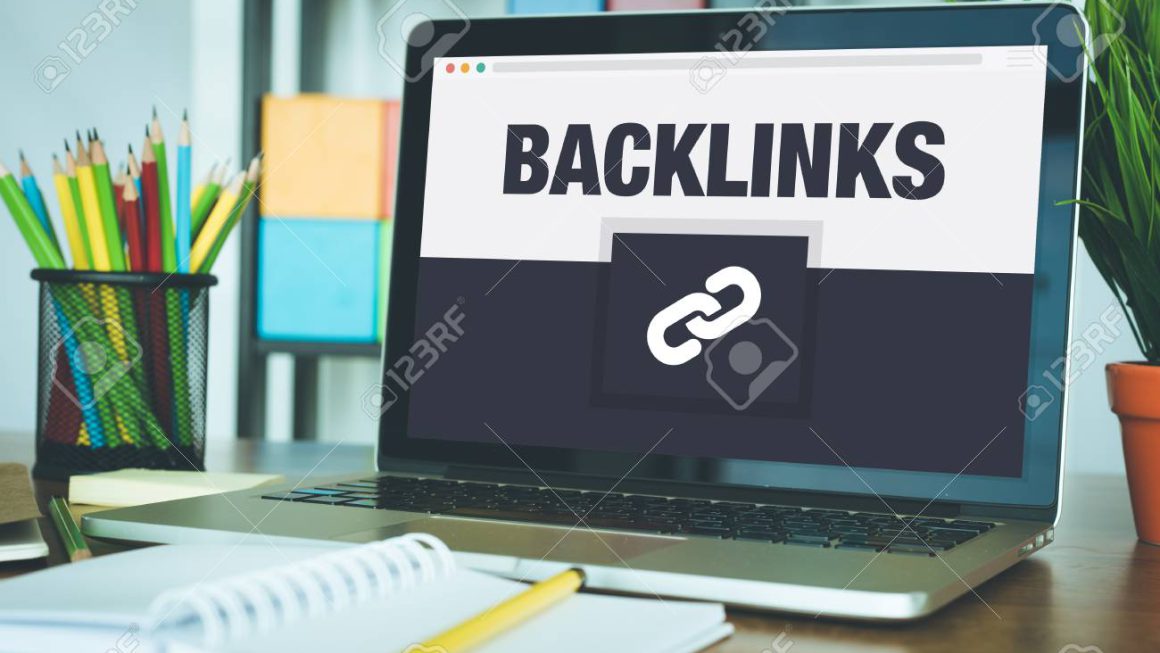Understanding SEO Crawling and Indexing
Introduction to SEO Crawling and Indexing
SEO crawling and indexing are fundamental processes that search engines like Google use to discover and rank web pages. In this article, we will delve into the intricacies of how search engines crawl websites, the importance of indexing for SEO success, and best practices to maximize your website’s visibility in search results. By understanding and optimizing these processes, you can enhance your website’s search engine performance and attract more organic traffic.
Introduction to SEO Crawling and Indexing
SEO crawling and indexing are like the dynamic duo of the online world, working behind the scenes to ensure that your website is seen by search engines and, ultimately, by users searching for your content.
How Search Engines Crawl Websites
Imagine search engines as curious little creatures that roam the internet, following links from one webpage to another to discover new content. This process, known as crawling, is how search engines gather information about your website.
Role of Indexing in SEO
After crawling your site, search engines index the content they find. Indexing is like organizing a library – it helps search engines understand what your website is about and when to show it in search results.
Importance of Crawling for SEO
Crawling Frequency and Freshness
The more frequently search engines crawl your site, the more up-to-date your content will appear in search results. Fresh content is like catnip for search engines – they love it!
Crawling Depth and Website Structure
Search engines pay attention to how your website is structured and the depth of content they can crawl. A well-organized website with clear navigation can improve crawling efficiency and help search engines discover all your juicy content.
Best Practices for Search Engine Indexing
Optimizing Meta Tags and Content for Indexing
Crafting compelling meta tags and high-quality content not only attracts users but also helps search engines understand the context of your website. It’s like giving search engines a roadmap to navigate your site effectively.
Canonicalization and URL Structure
Using canonical tags and creating clean URL structures can prevent duplicate content issues and ensure that search engines index the right pages. Think of it as tidying up your website’s filing system for search engines to easily find what they’re looking for.
Enhancing Website Crawling Efficiency
Improving Site Speed and Performance
A slow website is like a snail in a race – nobody wins. By optimizing your site’s speed and performance, you make it easier for search engines to crawl your content quickly and efficiently.
Utilizing Robots.txt and Meta Robots Tags
Robots.txt and meta robots tags act as gatekeepers, telling search engines which parts of your site to crawl and which to ignore. It’s like setting boundaries for those curious search engine creatures, guiding them to the most important areas of your website.
Maximizing Your SEO Through Crawling and Indexing
Strategies for Optimizing SEO Through Indexing
When it comes to boosting your SEO through indexing, focusing on content optimization is key. By crafting high-quality, relevant content with targeted keywords, you can improve your chances of being indexed and ranked higher by search engines. Remember, quality over quantity!
In addition to content optimization, leveraging schema markup and rich snippets can take your visibility to the next level. By providing search engines with structured data, you make it easier for them to understand and display your content in more engaging ways on search engine results pages.
Leveraging Sitemaps for Improved Crawling and Indexing
Sitemaps act as a roadmap for search engine crawlers, guiding them through your website’s content and ensuring no valuable pages are missed. By creating and submitting XML sitemaps, you not only help search engines discover and index your pages more efficiently but also signal the importance of each page.
Monitoring sitemap performance and errors is equally crucial. Regularly checking for any issues, such as broken links or incorrect URLs, can prevent crawlability issues and ensure that search engines can navigate your site smoothly.
Monitoring and Troubleshooting Crawling and Indexing Issues
When it comes to monitoring and troubleshooting crawling and indexing issues, Google Search Console is your best friend. This powerful tool provides valuable insights into how search engines interact with your site, highlighting areas for improvement and opportunities for optimization.

In addition, identifying and resolving indexing errors promptly is essential for maintaining a healthy SEO performance. Whether it’s duplicate content, broken links, or server errors, addressing these issues promptly can prevent them from negatively impacting your site’s visibility and ranking.In conclusion, mastering the art of SEO crawling and indexing is crucial for achieving optimal search engine visibility and driving organic traffic to your website. By implementing best practices, monitoring performance, and troubleshooting any issues that arise, you can ensure that your site is well-indexed and easily accessible to search engine users. Remember, continuous optimization and adaptation to search engine algorithms are key to staying ahead in the ever-evolving world of SEO.
Frequently Asked Questions
What is the difference between crawling and indexing in SEO?
Crawling is the process where search engine bots systematically browse web pages to discover and gather information, while indexing involves storing and organizing this information in the search engine’s database to be retrieved and displayed in search results.
How can I improve my website’s crawling efficiency?
To enhance website crawling efficiency, focus on optimizing site speed, improving internal linking structure, utilizing robots.txt and meta robots tags, and ensuring a crawlable website design that is user-friendly and search engine-friendly.
Why is monitoring and troubleshooting crawling and indexing issues important?
Monitoring and troubleshooting crawling and indexing issues are essential to identify and resolve any technical problems that may hinder your website’s visibility in search results. Regularly checking for indexing errors, broken links, or crawlability issues can help maintain a healthy and well-optimized website for search engines.

